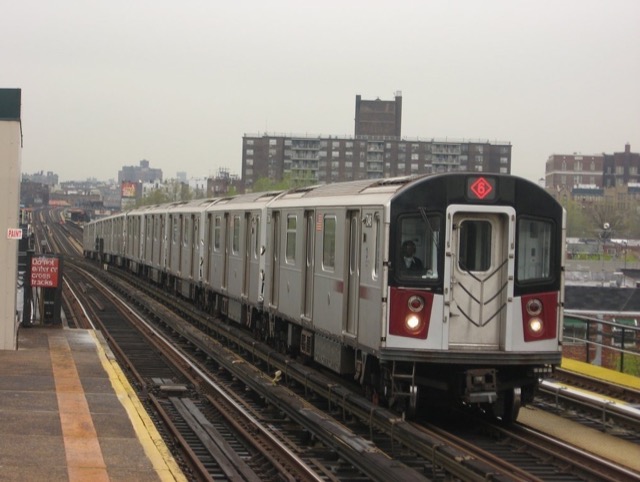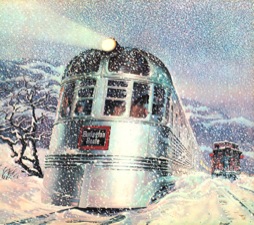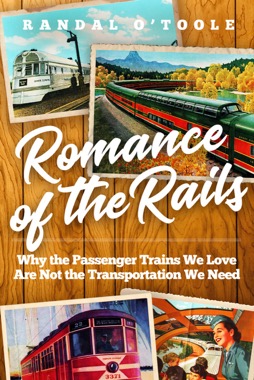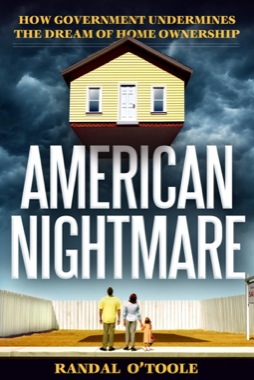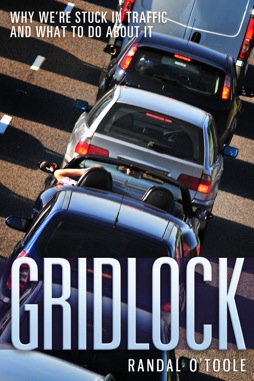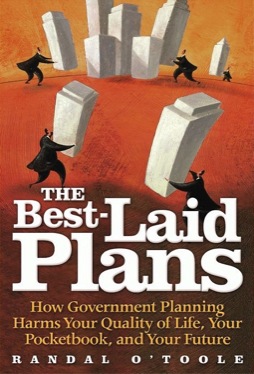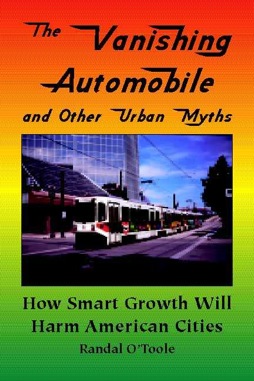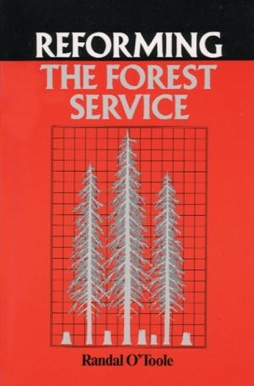The Portland Business Alliance’s latest survey of downtown Portland employers shows a massive decline in transit commuting and a massive increase increase in commuting by car to downtown jobs between 2013 and 2014. The 2013 survey found that about 44,800 downtown workers commuted by transit and 36,600 commuted by car; in 2014 transit declined to 38,600 while auto increased to nearly 46,400.
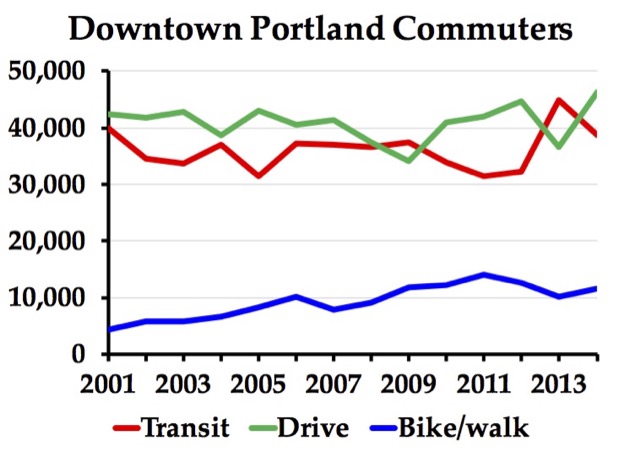
At least some of this shift is likely due to survey error. As the above chart shows, 2013 numbers showed a huge increase in transit commuting combined with a sharp decline in auto commuting, both deviating from trend lines from previous years. The Antiplanner didn’t find 2013’s numbers to be credible, and this year’s survey bears that out.

